In the weeks that followed our two-legged Celebration of Chicago broadcasts, Boiler Room saw an enormous spike in outreach: from local residents, young and old; from those who had travelled hundreds of miles across the States to come pay reverence (read: jack, sing & sweat) at Gramaphone Records and Smart Bar; from devotees the world over who had been drawn closer to a scene they had never had the chance to experience in the flesh. Something about those shows triggered a compulsion for people to scan in cherished photos, recant stories, send old flyers curios, and the like. It was all immensely gratifying.
It wasn’t just far-flung fans and well-wishers, mind. Two especial tranches of photos came in quick succession from Joel Fowler and Scott Kaplan, a pair of NYC journalists who had visited the exact locations where house sprang forth in the 70s-turn-80s, and Elbert Phillips, who kindly provided us with preview access to a flagship house exhibition currently taking place at the Chicago Cultural Center (where panel discussions, dance seminars and outdoor performances from the likes of DJ Pierre, Phuture, Derrick Carter and more will take place across the summer)
It’s only natural that displacement and regeneration would have occurred in the multiple decades since Chicago House’s inception. But the juxtaposition between the vibrancy of the material on display at Move Your Body – all the more notable given the relative paucity of photographic material from the era – and the generic storefronts and nondescript legal practises that now occupy the spots where legendary venues once stood was stark. If, as Craig Loftis suggested to me, the fact “house music as a whole doesn’t have a temple anymore” is a critical issue, this doesn’t inspire the greatest confidence.
But so it goes. Seasons change, and all that. If anything, that civic institutions are now pouring money and resources into celebrating their heritage, instead of kowtowing to property development without second thought, well, that’s a start. For our part, it seemed a waste to keep these photos squirrelled away – so here they are, for you to enjoy.
And if you happen to be in Chicago between now and Aug 16th, set some time aside to Move Your Body.
– – –
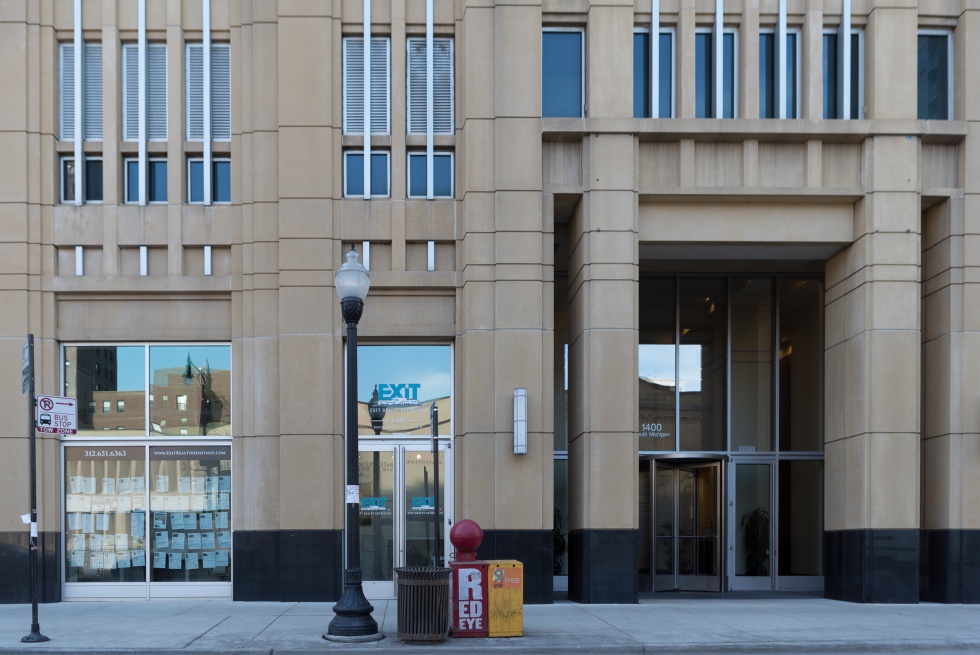
1400 S Michigan Ave; formerly US Studios [precursor to The Warehouse]
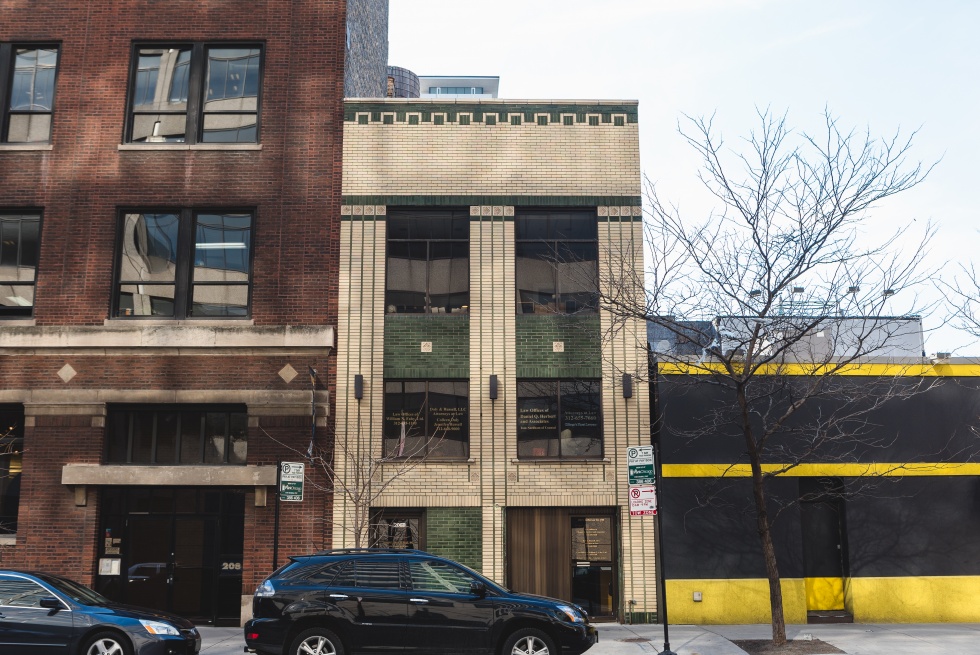
206 S Jefferson St; formerly The Warehouse [the birthplace of house, with Robert Williams as owner & Frankie Knuckles as resident]
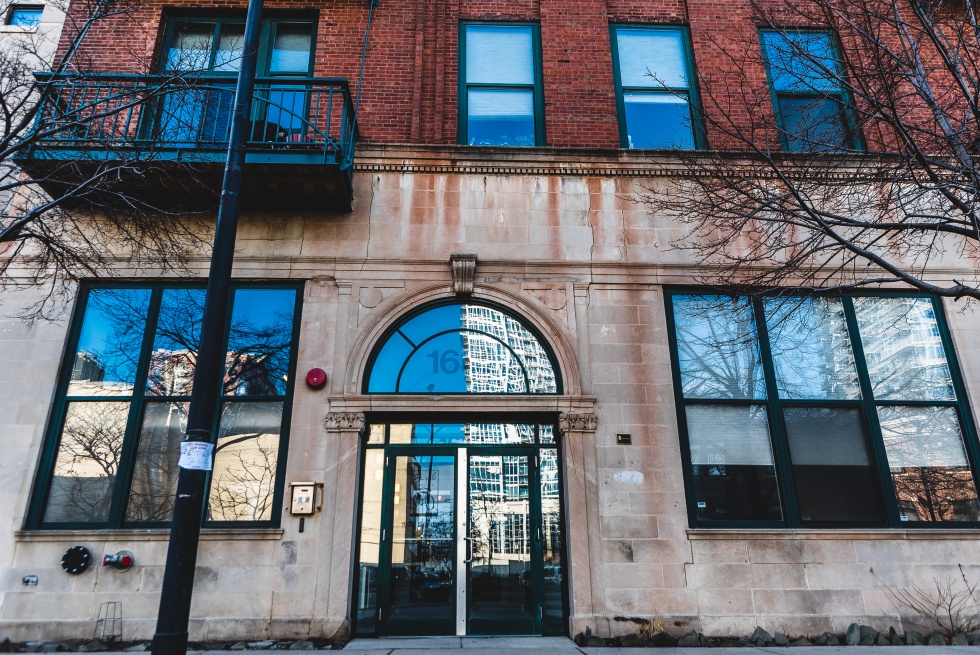
1632 S Indiana Ave; formerly the Muzic Box [Robert Williams’ next spot, with Ron Hardy taking up resident status]
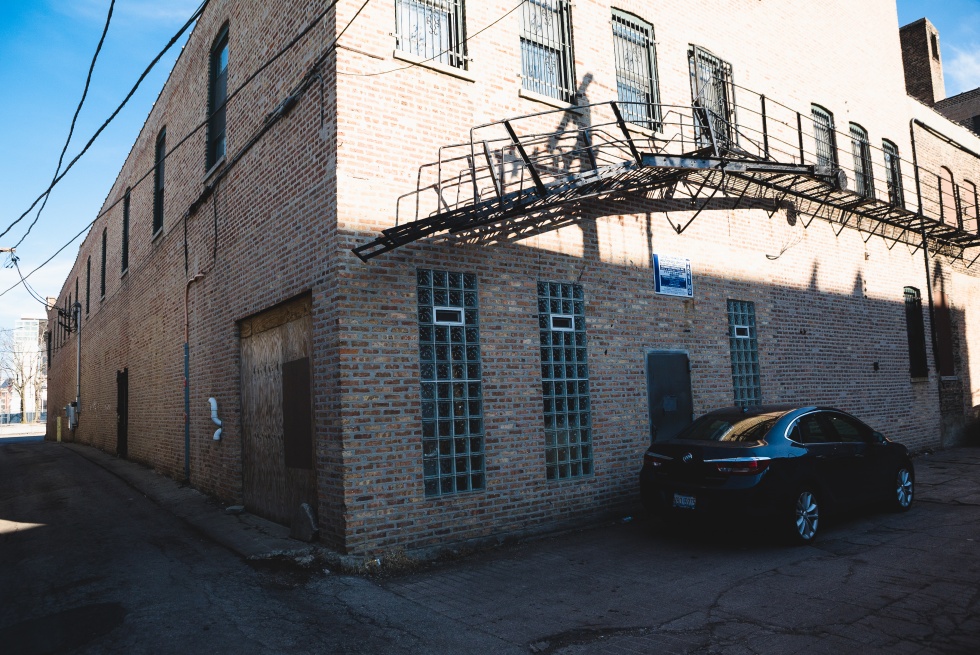
1015 N Halstead St; formerly The Powerplant [Knuckles’ breakaway venture after The Warehouse – first residence]
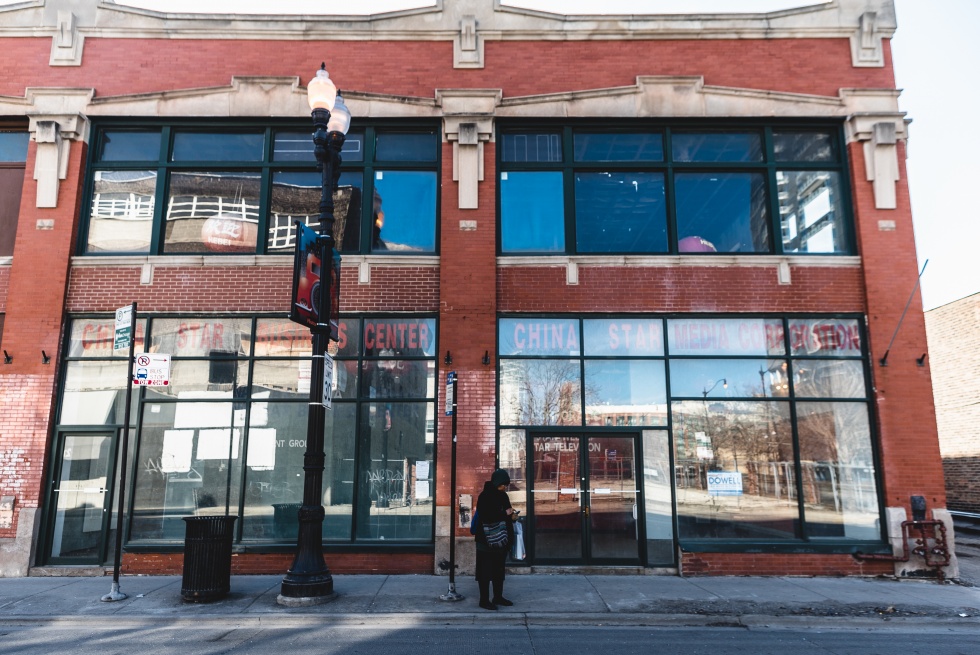
2210 S Michigan Ave; formerly The Power House [Knuckles’ next club, c.1986]
– – –
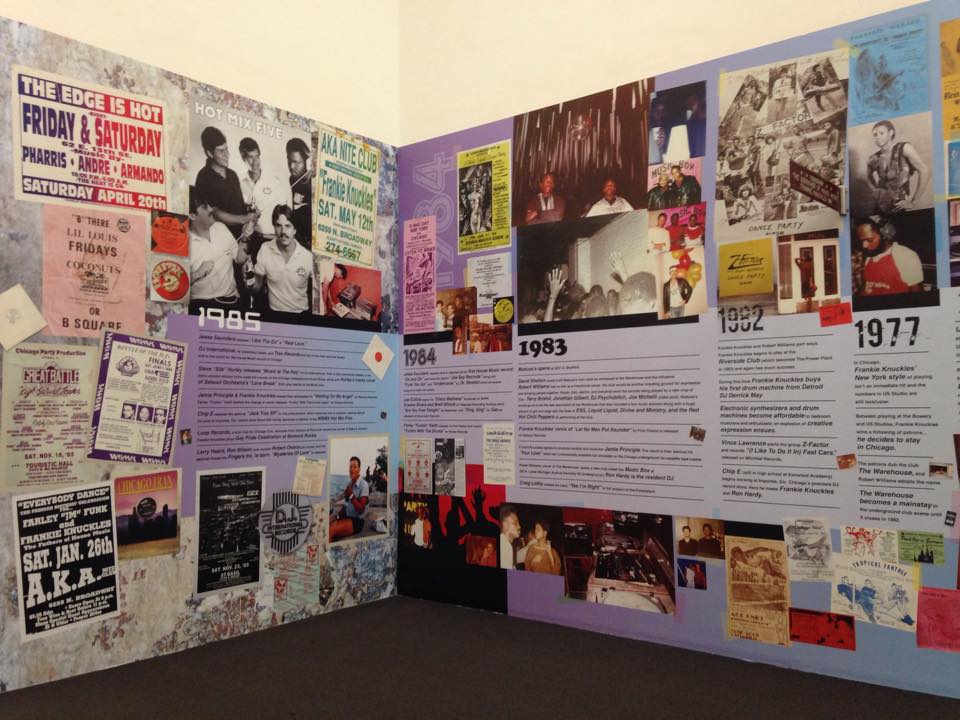
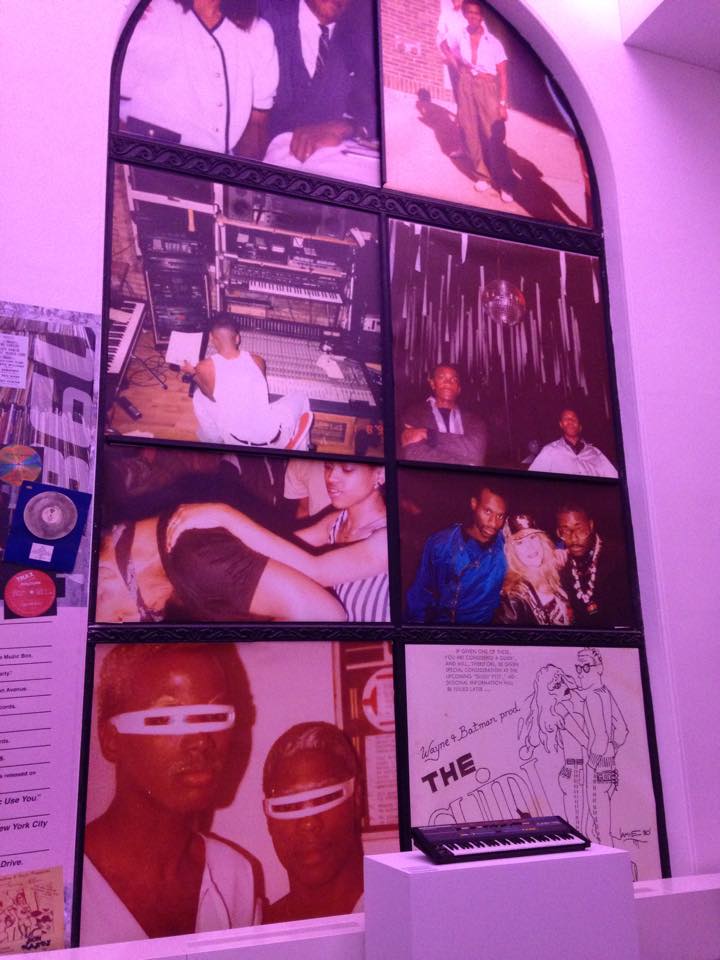

Murals dedicated to the DJs, the dancers and the all-round devoted
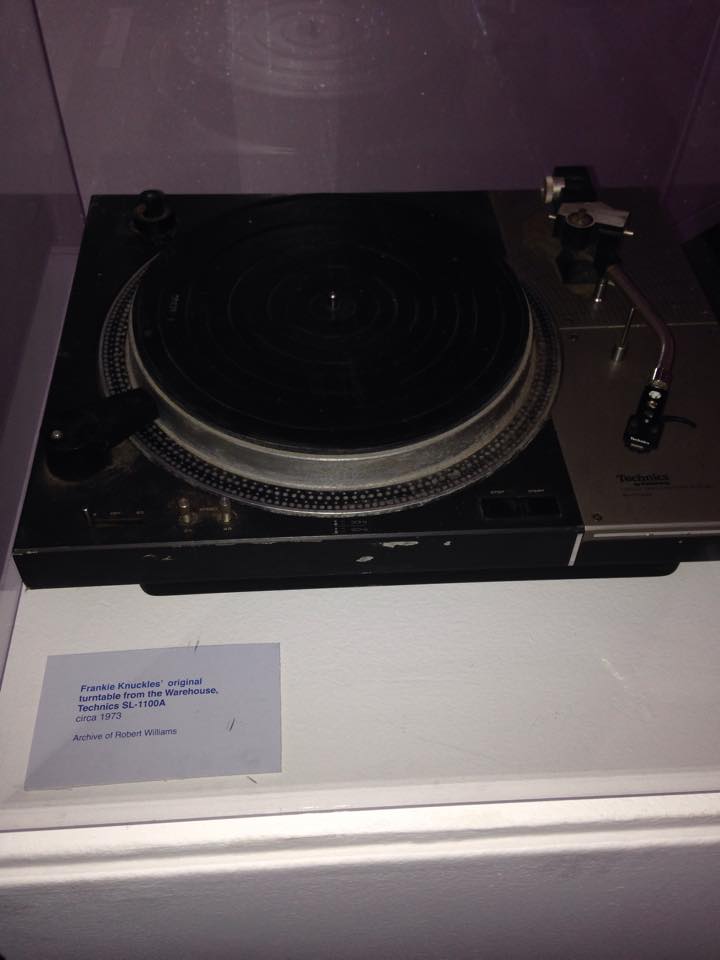

Mementos from the formative years.
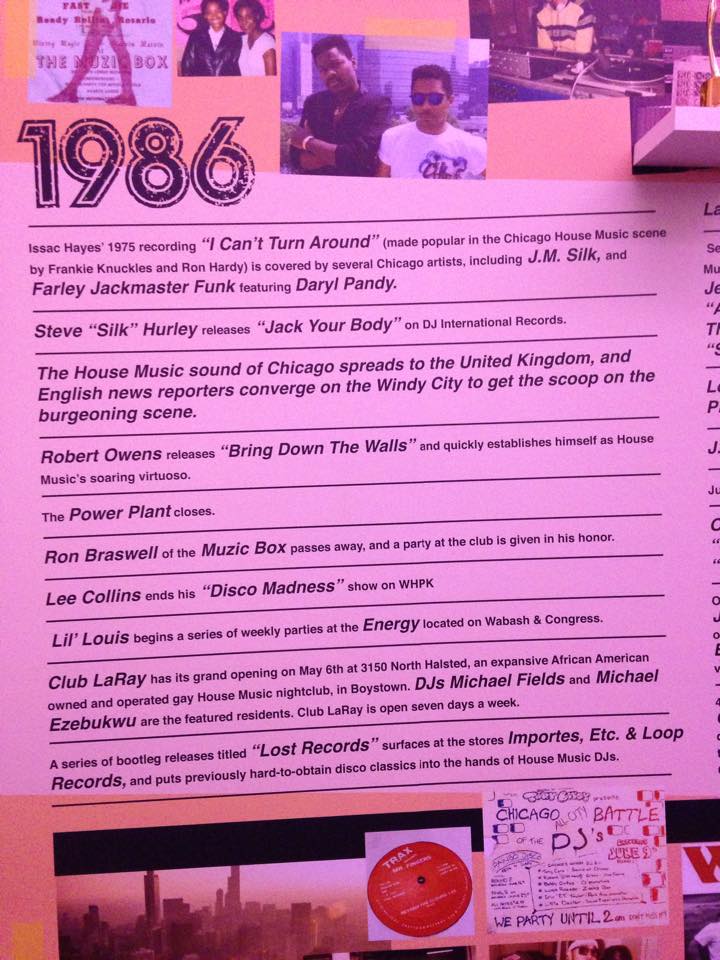
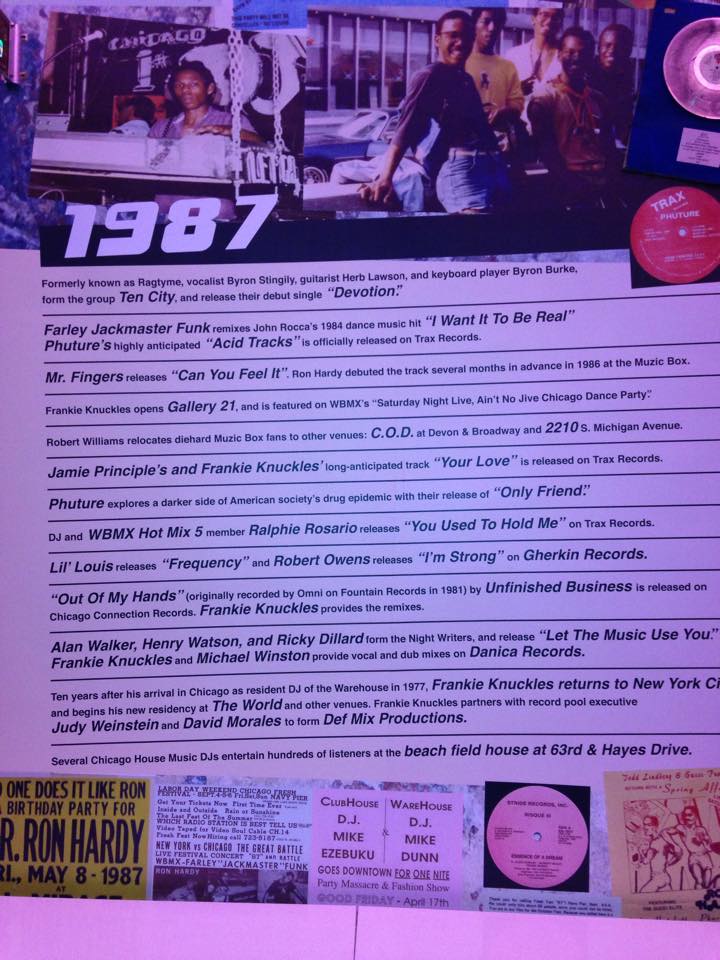
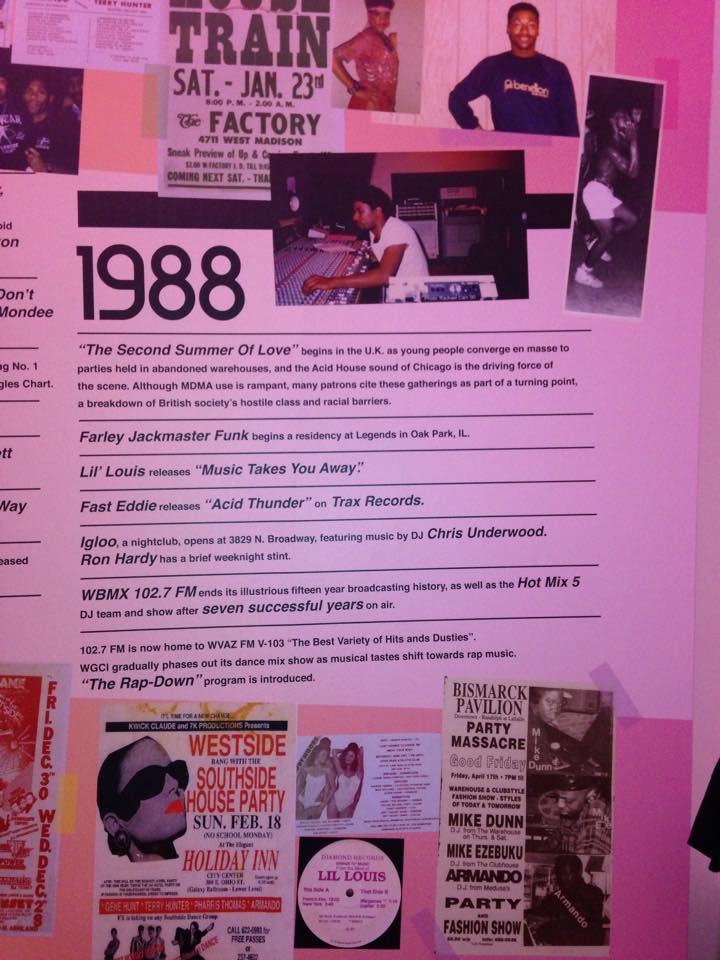
A purple patch of hyper-acceleration, international prominence and classic after classic streaming out of the city.
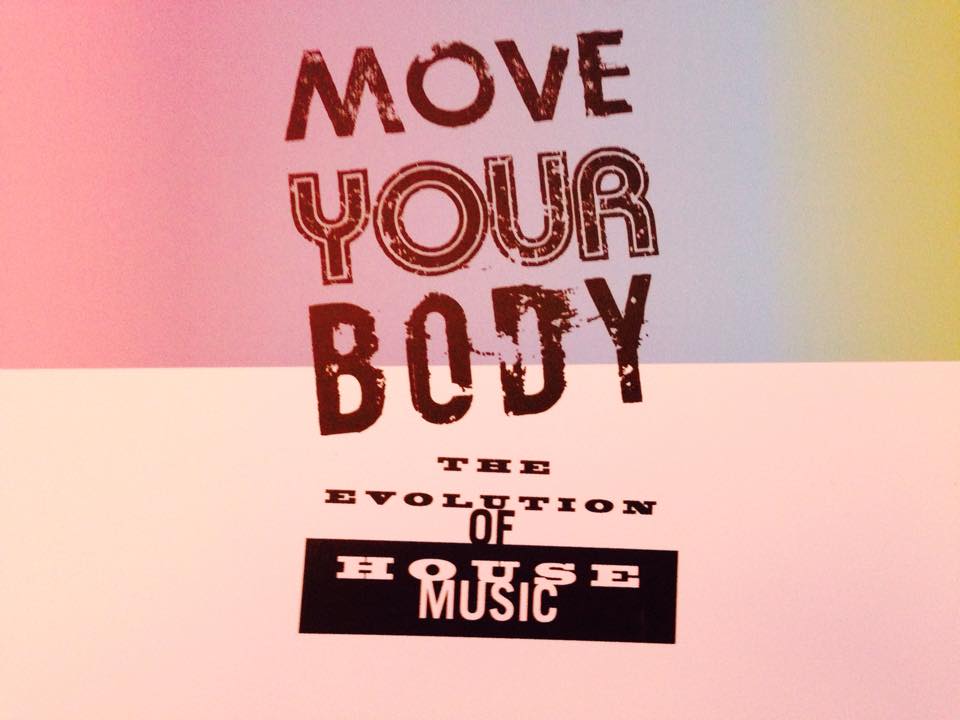
Sage advice.